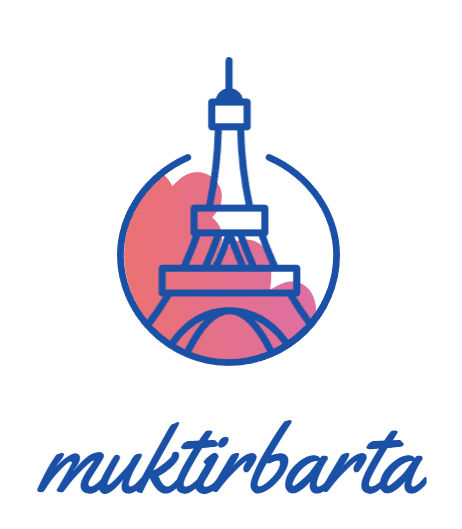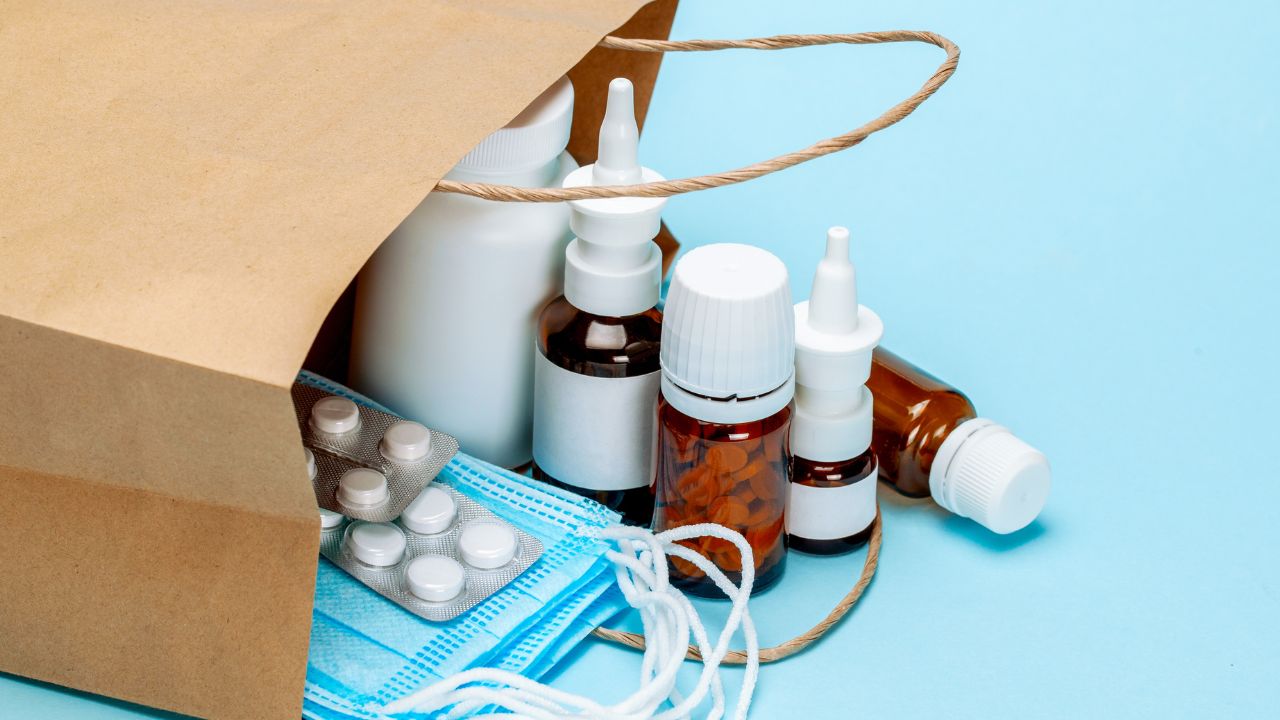Pharmaceutical packaging plays a crucial role in ensuring the safety, efficacy, and stability of solid dosage forms such as tablets and capsules. The choice of packaging not only protects the product from environmental factors but also provides essential information to consumers and healthcare professionals. This article explores the various types of solid pharmaceutical packaging, highlighting their features, benefits, and applications.
Blister Packs
Blister packs are one of the most common forms of packaging for solid pharmaceuticals. They consist of a pre-formed plastic or aluminum cavity that holds individual doses of medication, typically covered with a foil seal.
Advantages: Blister packs offer excellent protection against moisture, light, and oxygen, which can degrade the active ingredients. They also provide a tamper-evident feature, enhancing product safety.
Applications: Blister packs are widely used for tablets, capsules, and lozenges. They are particularly popular for over-the-counter medications and prescription drugs that require individual dosing.
Bottles
Bottles are another prevalent form of packaging for solid pharmaceuticals. They can be made from various materials, including glass and plastic, and are available in different sizes.
Advantages: Bottles provide a secure and airtight environment for solid dosage forms, protecting them from contamination and environmental factors. They are also easy to handle and dispense.
Applications: Bottles are commonly used for bulk packaging of tablets and capsules, especially for products that are dispensed in larger quantities, such as dietary supplements and vitamins.
Sachets
Sachets are small, sealed pouches made from flexible materials that contain single doses of medication. They are often used for powders but can also be adapted for solid dosage forms.
Advantages: Sachets are lightweight and portable, making them convenient for travel and on-the-go use. They also provide excellent barrier properties, protecting the contents from moisture and air.
Applications: Sachets are commonly used for single-dose medications, particularly in markets where convenience is a priority, such as in the case of pain relievers or cold medications.
Cartons
Cartons are often used as secondary packaging for solid pharmaceuticals. They can hold blister packs, bottles, or sachets and provide additional protection and branding opportunities.
Advantages: Cartons offer a larger surface area for labeling and branding, allowing for clear communication of product information, dosage instructions, and safety warnings. They also provide structural support to prevent damage during transportation.
Applications: Cartons are commonly used for both prescription and over-the-counter medications, often serving as the outer packaging for blister packs or bottles.
Tubes
Tubes are cylindrical containers that can be used for solid pharmaceuticals, particularly for products that require a twist-off or flip-top cap.
Advantages: Tubes are easy to dispense and can be designed to be child-resistant. They also provide a good barrier against moisture and light.
Applications: While tubes are more commonly associated with creams and ointments, they can also be used for solid dosage forms like chewable tablets or effervescent tablets.
Pouches
Pouches are flexible packaging solutions that can hold solid pharmaceuticals. They are typically made from multi-layer films that provide excellent barrier properties.
Advantages: Pouches are lightweight, cost-effective, and can be designed for single or multiple doses. They are also easy to open and reseal.
Applications: Pouches are often used for bulk packaging of solid dosage forms, such as bulk tablets or capsules, especially in clinical trials or for institutional use.
Conclusion
In conclusion, the choice of solid pharmaceutical packaging is critical for ensuring the safety, efficacy, and stability of medications. Each type of packaging, including blister packs, bottles, sachets, cartons, tubes, and pouches, offers unique advantages and applications. As the pharmaceutical industry continues to evolve, the development of innovative packaging solutions will remain essential for meeting the needs of consumers and healthcare providers while ensuring compliance with regulatory standards.


